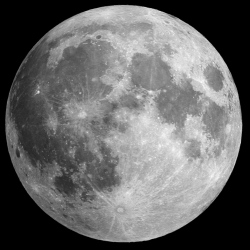
Professor Johann-Dietrich Woerner has been in his new job as Director General of the European Space Agency (Esa) for a week. In charge of a €4.4 billion annual budget, the former Chair of the German space agency is ultimately responsible for everything at Esa.
Europe’s new observation, weather, communication and navigation satellites; astronauts on the International Space Station (ISS); missions to Mars, Mercury and Jupiter; and a sleepy lander on a duck-shaped comet all come under his remit.
When I ask him about his intentions for Esa, I expect a predictable and politically nuanced answer about the economic and social benefits of space or maybe the importance for science of exploring the unknown Universe. Instead, Woerner surprises me with a vision for a future of space exploration that is both ambitious and audacious.
“We should look to the future beyond the International Space Station,” he tells me. “We should look for a smaller spacecraft in low-Earth orbit for microgravity research and I propose a Moon village on the far side of the Moon.”
Just the sort of daring vision that took Nasa from a standing start to the Moon in the 1960s, but today, possibly constrained by its political masters, the US space agency appears to be lacking ambition.
“A Moon village shouldn’t just mean some houses, a church and a town hall,” says Woerner. “This Moon village should mean partners from all over the world contributing to this community with robotic and astronaut missions and support communication satellites.” There are good reasons, he says, for going back to the Moon for science as well as using it a stepping-stone to further human exploration of the Solar System.
“The far side of the Moon is very interesting because we could have telescopes looking deep into the Universe, we could do lunar science on the Moon and the international aspect is very special,” he explains. “The Americans are looking to go to Mars very soon, and I don’t see how we can do that, before going to Mars we should test what we could do on Mars on the Moon.”
For example, Woerner suggests, the technology being investigated by Nasa to construct a Mars base using a giant 3D printer would be better tried out on the Moon first. Learning to live on an alien world is going to be tough, but the challenge would be a lot easier, particularly in an emergency, if the extraterrestrial community is only four days away from Earth rather than six months.
